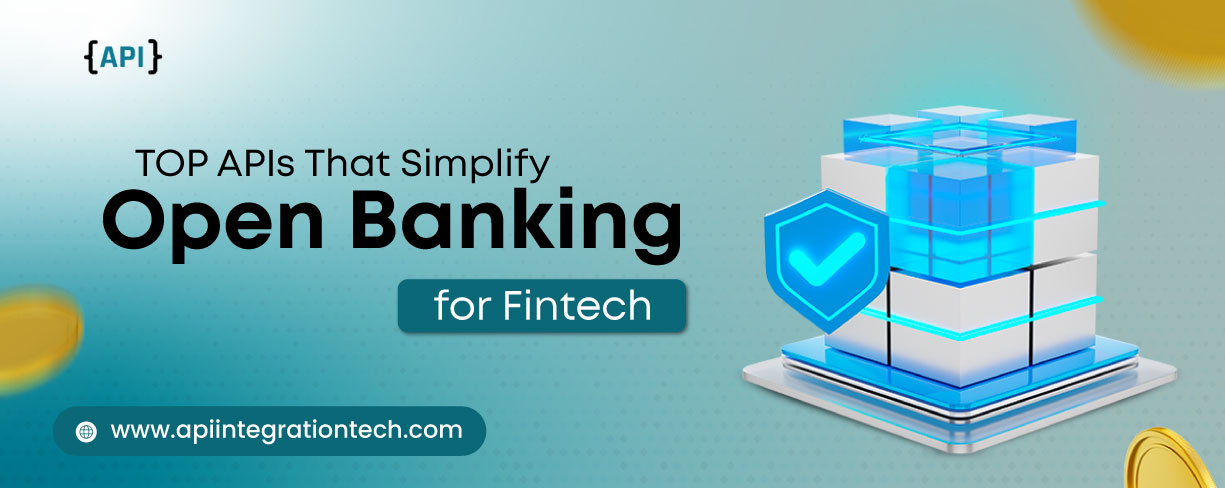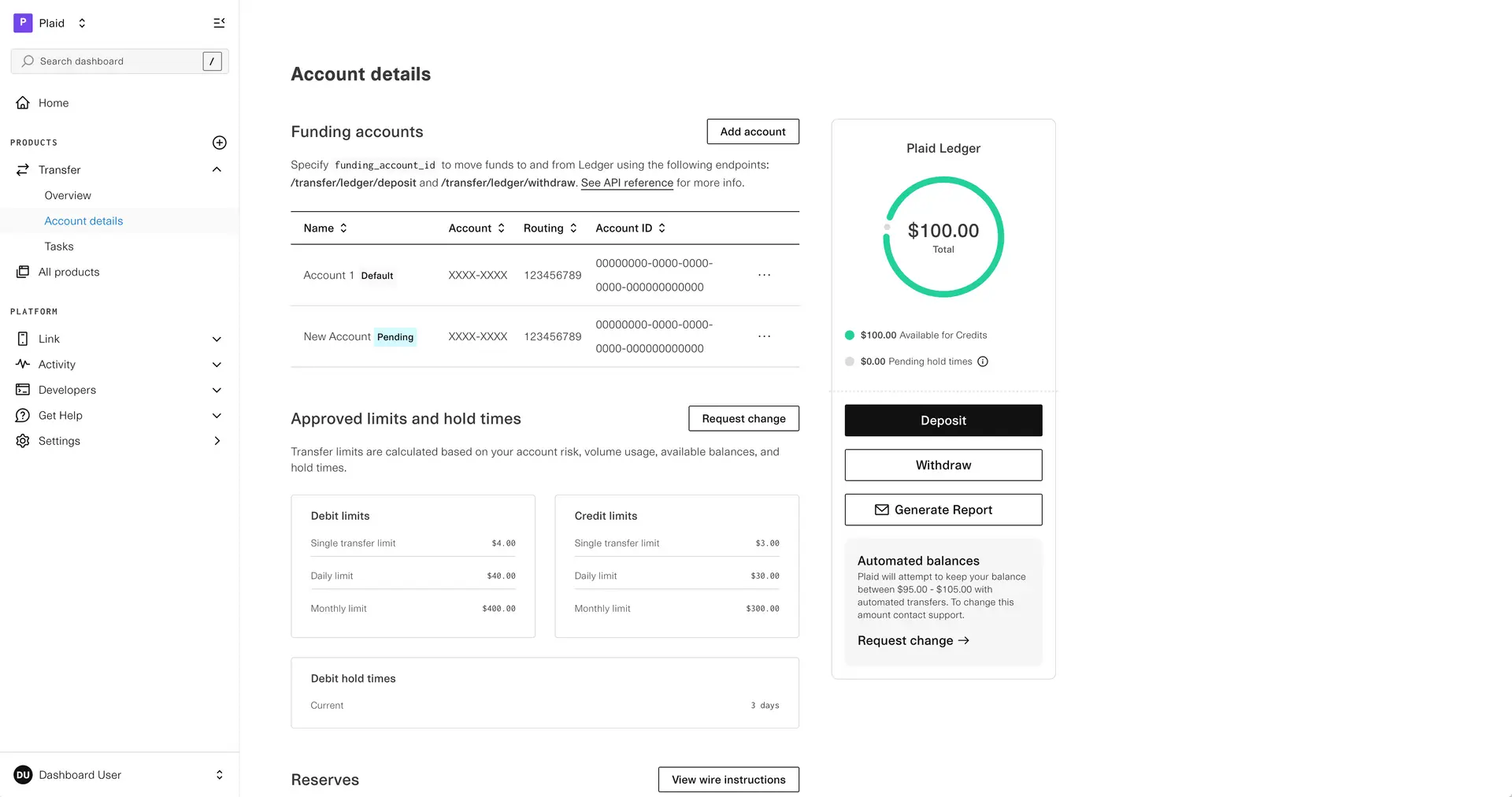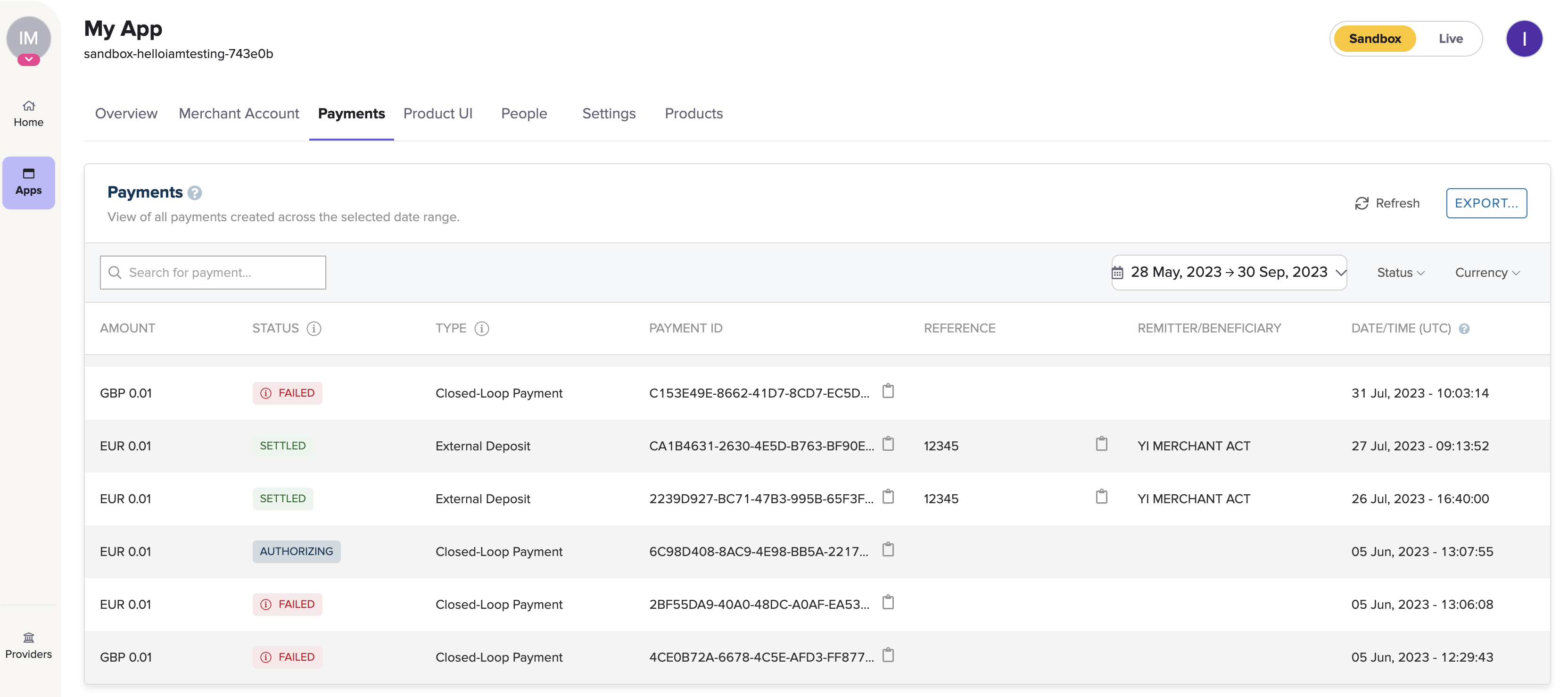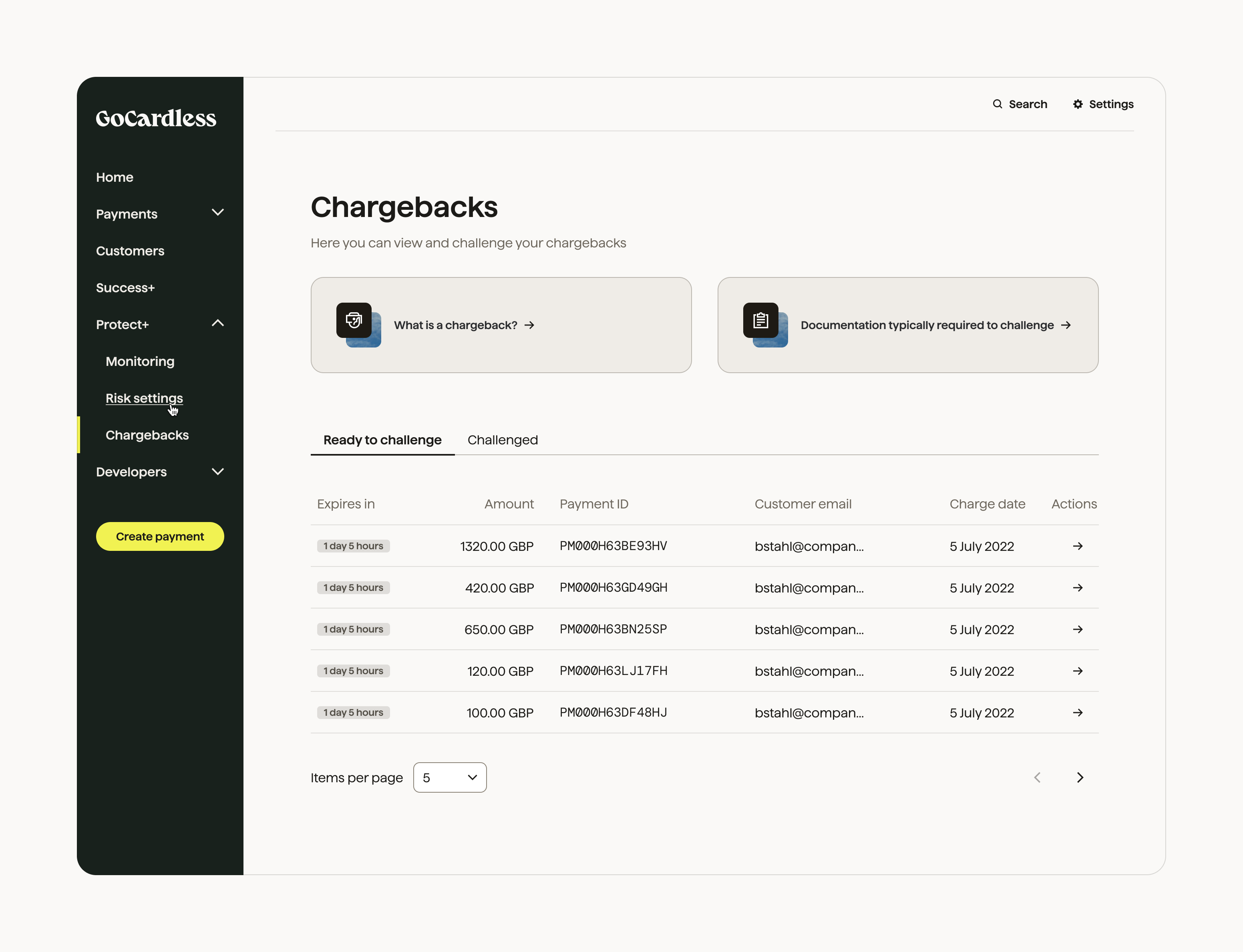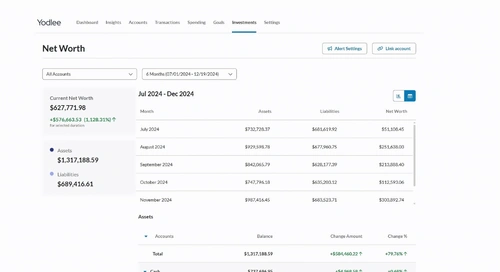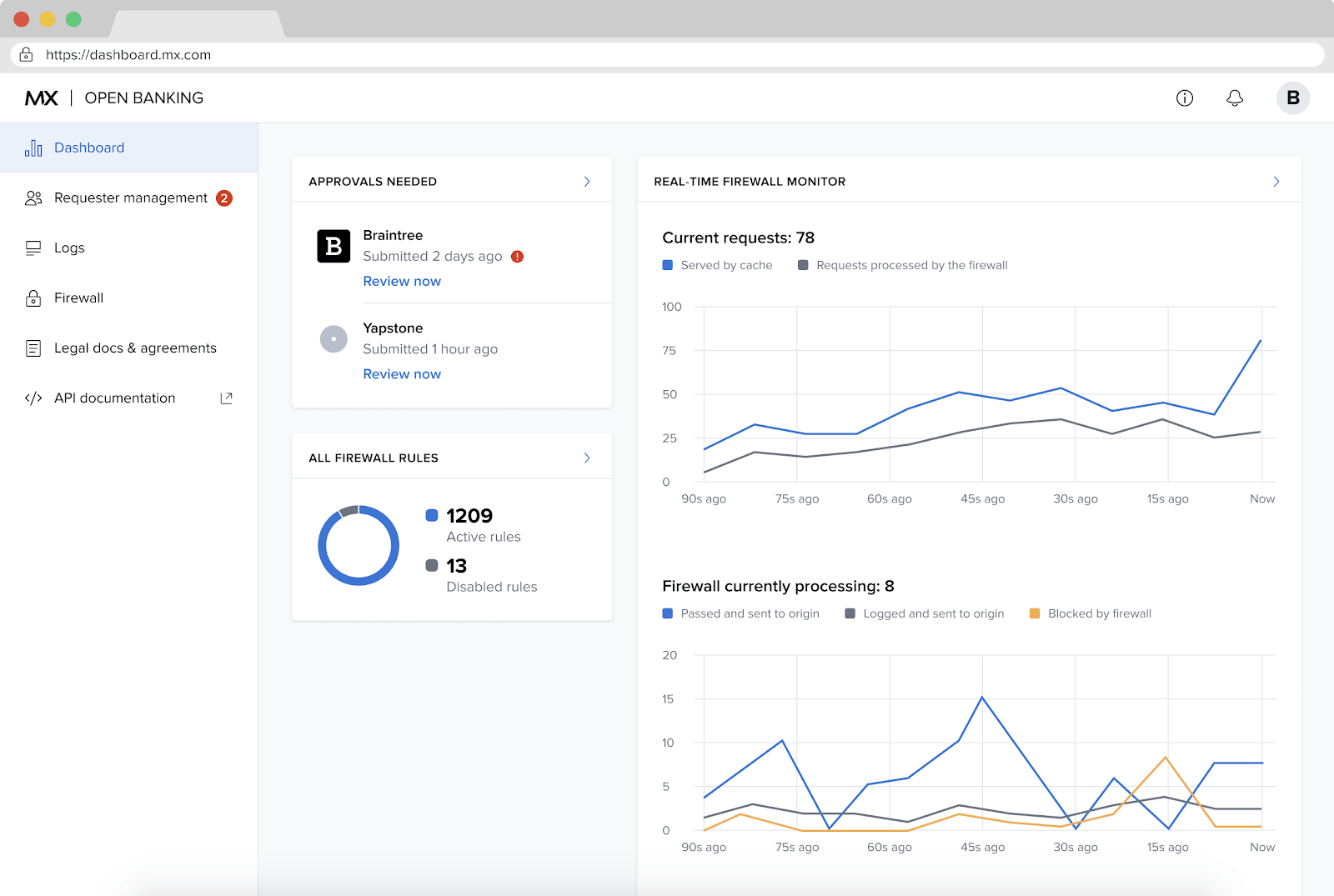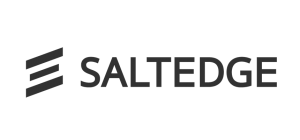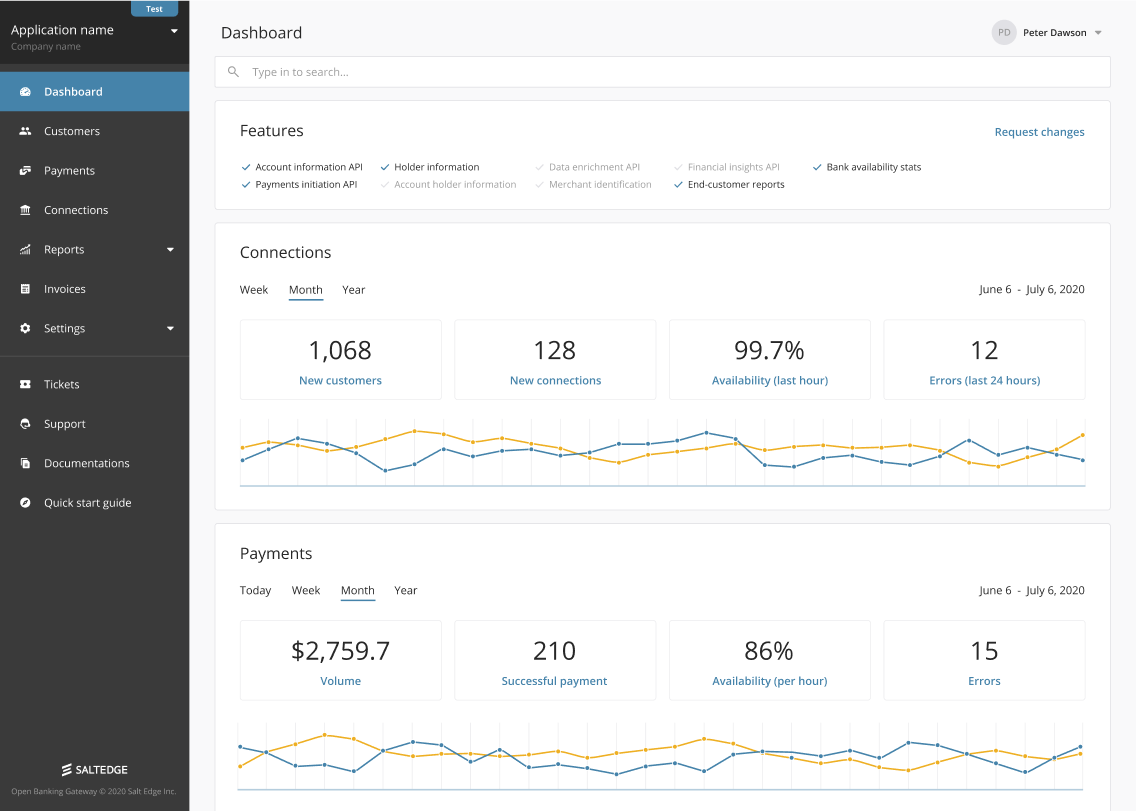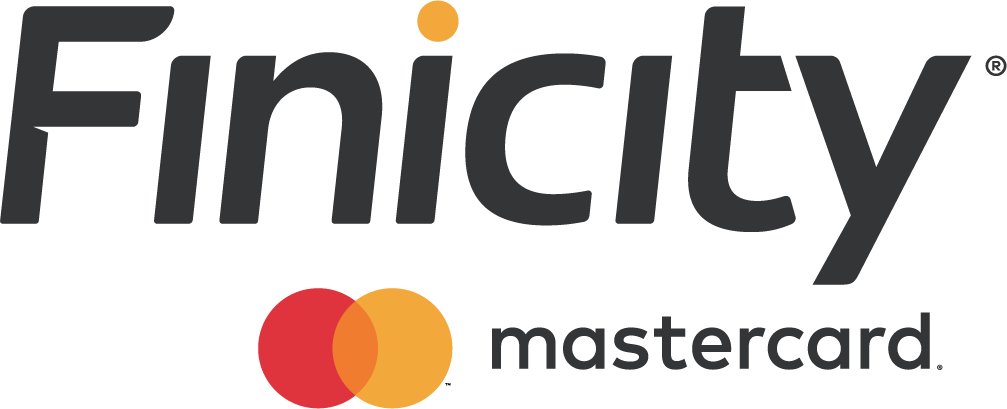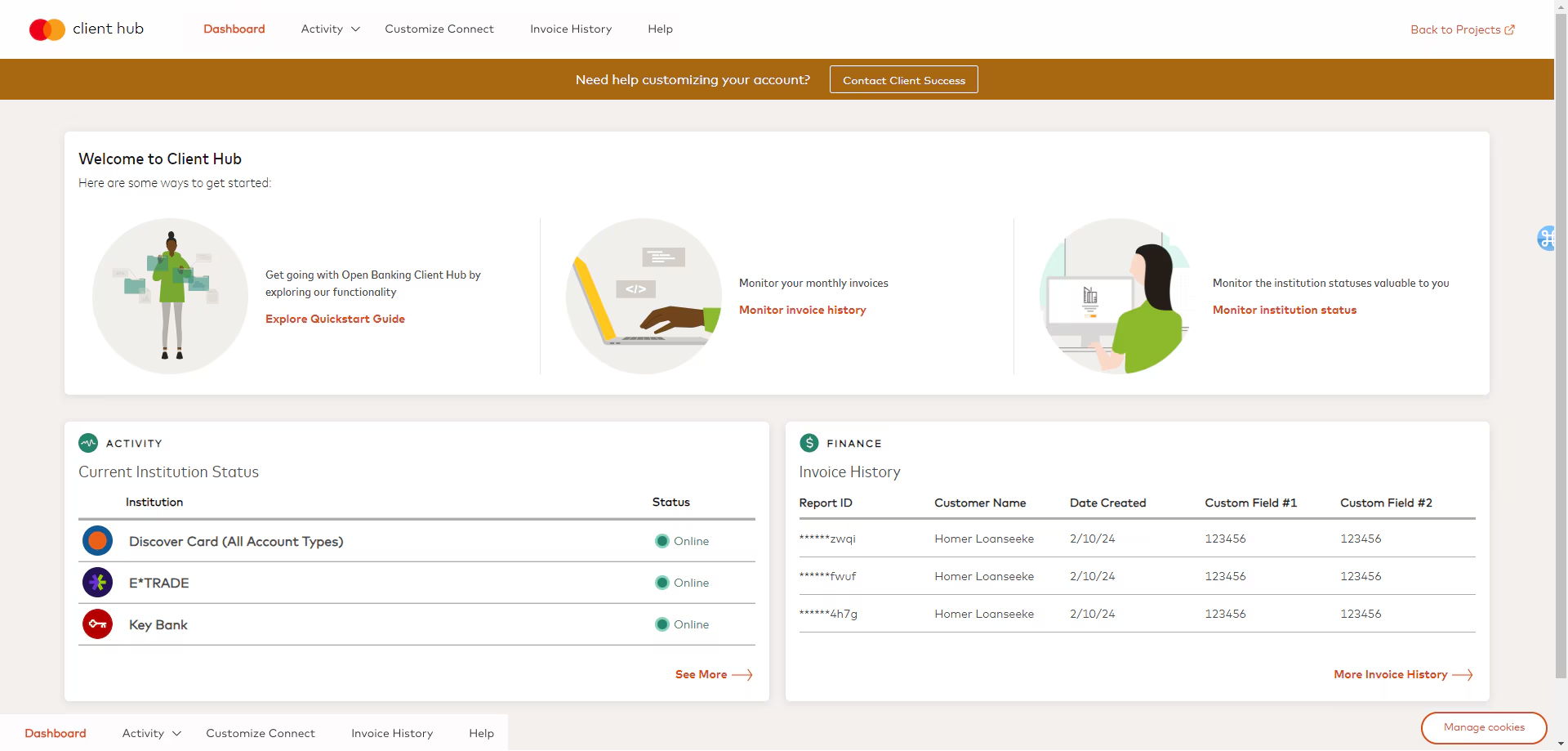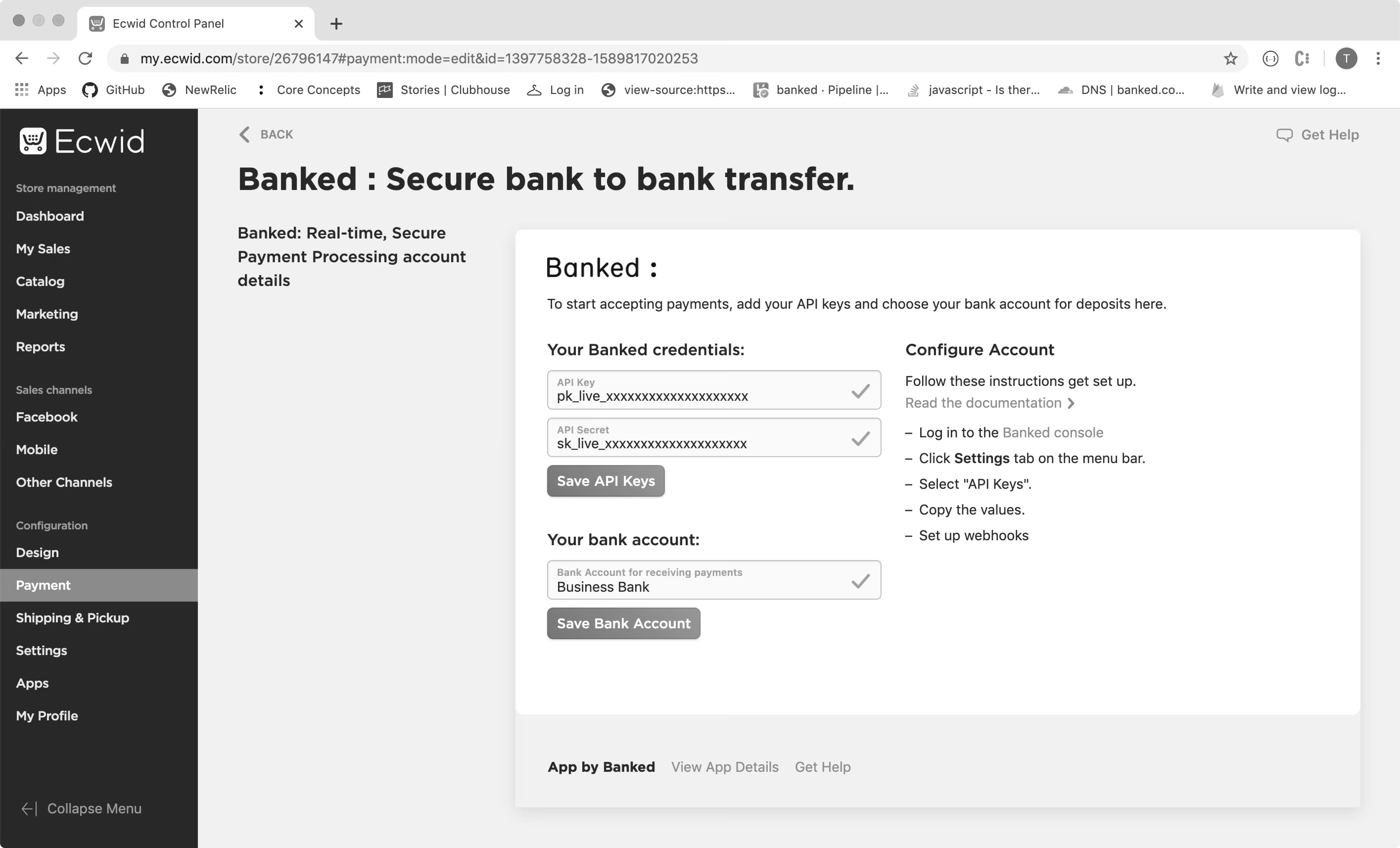Earlier, fintech companies struggled with outdated banking systems, slow processes, and limited access to customer data. Everything took too much time as it was done manually.
Things are very different now.
Fintech companies can easily connect with banks, receive instant access to financial data, and create innovative apps for their users. These APIs provide services such as account verification and payment handling, and offer financial insights while taking safety measures.
According to a Statista report, Open banking is growing fast. By 2027, experts say there could be 580 billion APIs powering open banking.
In this blog, we'll explore the top 8 APIs that simplify open banking for fintech, allowing the development of powerful financial solutions effortlessly.
Top 8 Open Banking APIs for Fintech Companies
Here are the Top 8 APIs that simplify Open Banking for Fintech, explained with key features and practical integration insights to help you choose the right one.
1. Plaid API
Key Features
- Plaid API supports its clients over 8,000+ banks and financial institutions worldwide.
- Plaid API provides access to real-time and historical data for balances, transactions, investments, liabilities, and income.
- Plaid API's developers can set up ACH transfers, verify accounts quickly, and access identity and employment data.
- This open banking API includes fraud monitoring tools such as Signal, Monitor, and Beacon for risk assessment.
Boost business growth with a trusted Fintech API Development Company
Pros
- Plaid API supports its clients over 8,000+ banks and financial institutions worldwide.
- This open banking API is known for its developer-friendly integration with excellent documentation and onboarding tools.
- This API follows advanced security practices and complies with industry standards.
- Plaid's data enrichment features help categorize and label transactions automatically.
Cons
- Plaid's pricing can be high for startups and growing fintechs at a massive scale.
- Some users report delayed customer support and occasional connection issues with the Plaid API.
- The API doesn't provide User Interface components, so you need to build your own.
2. TrueLayer API
Key Features
- This open API offers Data and Payments APIs, allowing you to access the client's account information, transaction history, and organize instant payments.
- This open banking API supports multiple integration options, including hosted payment pages, SDKs, and direct APIs for customized workflows.
- The TrueLayer API enables real-time webhooks and biometric security enhancements for seamless onboarding and user experience.
- The API is fully PSD2-compliant and FCA-regulated across the United Kingdom and European Union.
Pros
- TrueLayer presents a fast and secure way to automate payment flows, including refunds, payouts, and variable recurring payments.
- This open banking API delivers flexible integration, giving developers more control over the user experience.
- This API's data enrichment tools help build intelligent financial products faster.
Cons
- The pricing structure is not publicly transparent and may increase with scope.
- TrueLayer's Sandbox environments may not fully replicate real banking conditions.
- Some European banks are still in limited or beta support phases of the TrueLayer API.
3. Nordigen API (GoCardless)
Key Features
- Nordigen API provides a free PSD2 Account Information Service API for getting account and transaction data.
- This Open banking API supports over 2,300 European banks and uses standard JSON responses.
- This API provides optional premium features like credit scoring, income insights, and financial dashboards.
- Nordigen allows developers to quickly create requisitions, manage consent, and fetch data securely.
Pros
- Nordigen API's zero-cost model is perfect for startups, models, and budget-conscious developers.
- This open banking provides optional enrichment tools, easy-to-build credit risk, and income evaluation features.
- This API provides a developer-first experience with strong community support.
Cons
- This open banking API only supports data access and does not include payment initiation features.
- It is limited to the European region, with no support for banks outside the European Union.
- In this API, Premium features require additional agreements or paid upgrades, depending on usage.
Enhance your financial processes with NetSuite API integration services
4. Yodlee API
Key Features
- Yodlee API provides account aggregation, transactions, identity verification, and income analysis.
- This open banking API supports global financial institutions with login redirection, OAuth, and hybrid data collection.
- The FastLink tool simplifies onboarding, handles consent, and supports multi-factor authentication for the open bank API.
- It includes enhanced transaction data and analytics for budgeting, lending, and advisory services.
Pros
- Yodlee provides a strong international scope with open banking access and non-open banking institutions.
- It offers advanced analytics, including credit risk and cash flow scoring.
- This open banking API is trusted by many large banks for its reliability.
- Yodlee API follows major global open banking regulations.
Cons
- The integration process is more complex with newer, lightweight open banking APIs.
- Yodlee's pricing is generally high, especially for small businesses or startups.
- It may rely on data scraping in regions where APIs are not available.
5. MX API
Key Features
- MX offers open banking APIs for account collection, identity verification, transaction history, and balance tracking.
- This open bank API supports OAuth-based secure authentication and centralized data management.
- The API provides enriched data with automatic categorization and duplicate transaction cleanup.
- MX APIs developers benefit from easy-to-use documentation, prebuilt connectors, and white-label User Interface components.
Pros
- MX delivers highly accurate and clean data through its intelligent improvement engine.
- The API is known for quick implementation and running in as little as 6 weeks.
- This open bank API is strong in the United States market, with good bank assurance and support.
- MX supports customized financial well-being experiences for end users.
Cons
- These open banking services are primarily U.S.-centric, limiting global reach.
- Pricing can be high depending on data volume and feature usage.
- MX's advanced features are only available in premium plans.
Simplify your accounting complexities with QuickBooks API integration services
6. Salt Edge API
Key Features
- Salt Edge API provides a unified API gateway for account information and payment initiation across 5,000+ banks in over 50 countries.
- This open banking API platform supports secure consent flows, callback webhooks, and real-time notifications.
- Salt Edge API's developers can use SDKs, sandbox environments, and GitHub samples for integration.
- Salt Edge also provides compliance tools for TPPs and banks under PSD2 and the United Kingdom's open banking.
- This open bank API provides additional services, including identity verification, transaction categorization, and risk scoring.
Pros
- Salt Edge has wide global coverage and is trusted by financial institutions across Europe, Asia, and North America.
- The API supports both AIS and PIS functionalities with a strong focus on security.
- It simplifies regulatory compliance with built-in support for PSD2 authorizations.
- This API is great for fintechs looking for an all-in-one open banking toolkit.
Cons
- Salt Edge API may require more configuration time than plug-and-play solutions.
- This API's advanced services (like KYC or risk scoring) are priced separately.
- Developer resources are available in Salt Edge, but slightly less polished than newer platforms.
7. Finicity API
Key Features
- Finicity provides APIs for account verification, income insights, credit decisioning, and cash flow analysis.
- This open bank API supports transaction history retrieval, bank statement downloads, and real-time data access.
- The API is integrated with key credit bureaus and lenders in the U.S.
- This AP allows RESTful endpoints, detailed docs, and Postman collections are available for developers.
Pros
- Finicity is a strong choice for credit-related use cases like mortgage, lending, and financial wellness.
- Finicity API's data quality is high and backed by integration with financial institutions and partners.
- This open bank API supports powerful compliance and security standards.
- Good customer support and enterprise readiness for large-scale use by the Finicity API.
Cons
- This open banking API is focused on the U.S. market, with little international coverage.
- Finicity API's some services, like income verification, require additional agreements.
- This API may not be as beginner-friendly for small developer teams or early-stage fintechs.
Update your financial processes with our custom ClearBooks API integration services
8. Banked API
Key Features
- Banked API offers a real-time payment API focused on account-to-account transfers and instant payouts.
- It enables merchants and fintechs to insert payments directly into their platforms without cards.
- This open banking supports user authentication, consent, and notification flows using open banking tracks.
- These open bank API include JavaScript libraries, SDKs, and quickstart examples for developers.
Pros
- It provides real-time settlement and lower fraud risk than traditional payment methods.
- The API is built with developers in mind, lightweight, modular, and easy to integrate.
- Banked is FCA-regulated and PSD2-compliant, making it suitable for European Union and United Kingdom markets.
Cons
- This API is limited in payments and does not offer account data or enrichment features.
- Banked API is still growing in terms of bank coverage and market penetration.
- This open banking AP is not ideal for use cases beyond payment processing (e.g., personal finance or lending).
Using Open Banking for Fintech: Wrapping Up
This blog explored 8 powerful APIs that simplify open banking for fintech companies. Plaid and TrueLayer to MX, Tink, and Nordigen, each open banking API provides unique features to help you access financial data, verify users, initiate payments, and build secure fintech solutions faster.
If you are looking for rich financial data and global coverage, Plaid and TrueLayer are among the top choices. Nordigen stands out with its free PSD2 access for European Union startups and cost-effective solution. If your focus is on credit, lending, or identity verification, Finicity and Yodlee offer strong tools.
At APITech, we help fintech businesses with the selection, integration, and adaptation of the right open banking APIs with ease. Our team builds custom API solutions that save development time, ensure compliance, and deliver secure, user-friendly experiences.
Let APITech help you launch smarter fintech products with powerful open banking APIs that work for your business.
FAQ
1. Which open banking API is best for startups?
Nordigen offers free PSD2-compliant access to bank data in Europe. It's easy to integrate and doesn't require upfront investment. It is a great choice for a startup in the European Union.
2. What is the most widely used open banking API?
Plaid is one of the most widely used open banking APIs, with access across thousands of banks and strong developer support in North America and some parts of the European Union.
3. How much time is taken to integrate an open banking API?
Integration time depends on which API you need for your development setup. Open banking APIs like Plaid and MX integration can be completed in a few days using SDKs and prebuilt User Interface components.
4. Do these APIs support international banks?
APIs like Yodlee, Salt Edge, and Tink support banks in multiple countries. So it's important to check which region you target for your business, then select the API accordingly.
5. How do I choose the right open banking API for my fintech app?
Initially, understand what your app needs the most. Then look at different APIs and compare their features, bank coverage, pricing, and which API is easiest to set up in your current system.
6. Can APITech help with open banking API integration?
Yes, APITech specializes in helping fintech companies select and integrate the right APIs. We offer custom solutions to simplify integration, reduce development time, and ensure all industrial standards.
